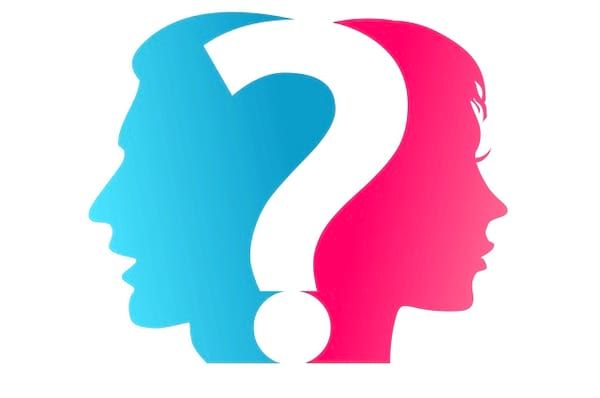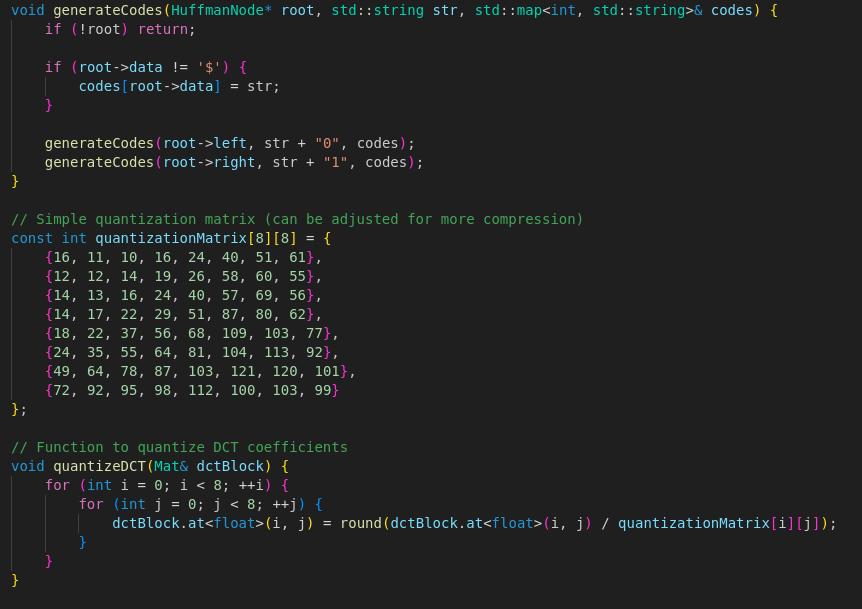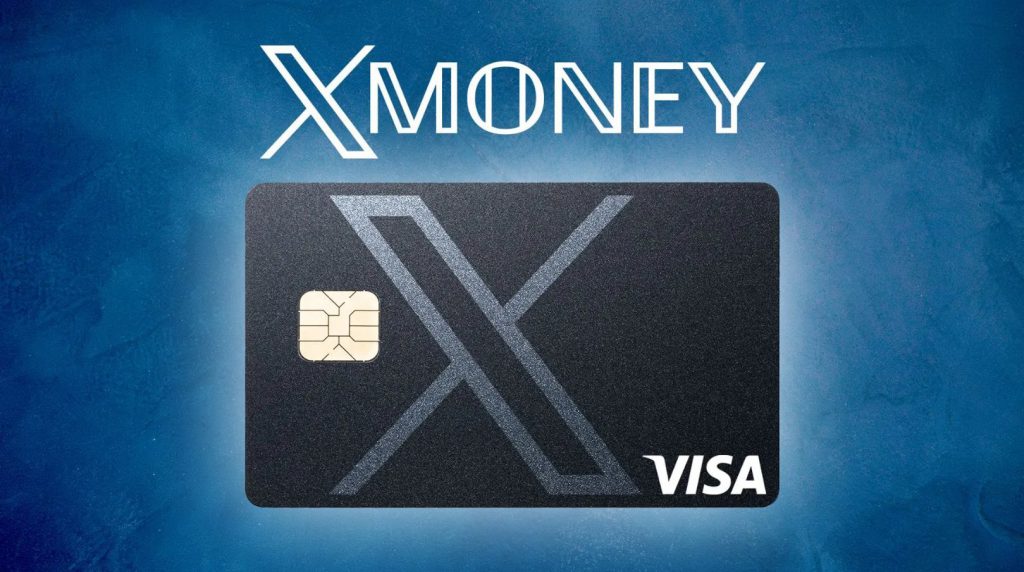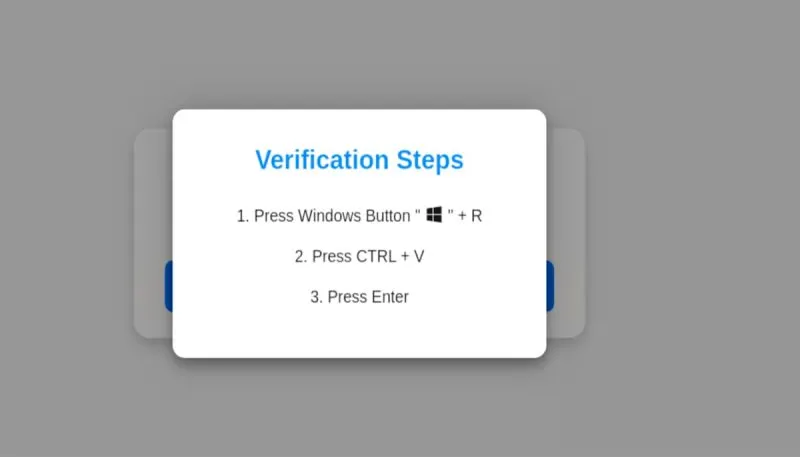Who’S Actually Using Ai Apps? The Data Might Surprise You

AI apps are pulling in big numbers, with consumer spending hitting $1.42 billion in 2024—a massive 274% jump from the previous year, according to app analytics firm Appfigures. And leading the pack? No surprise there—OpenAI’s ChatGPT, which still makes more money than all other top AI assistant apps combined.
But let’s talk about who’s actually using these apps. Over half of ChatGPT’s mobile users are under 25. Maybe that’s because younger people are quicker to try out new tech, or maybe it’s because so many students use AI for schoolwork. A Pew Research study found that one in four U.S. teens have turned to ChatGPT for academic help—double the number from 2023.
Now, here’s where it gets interesting. The second-largest age group using ChatGPT isn’t young professionals or even college students—it’s people aged 50 to 64, making up 20.2% of mobile users. What’s bringing older generations into AI? Are they using it for work, hobbies, or just curiosity?
Then there’s the gender gap. Appfigures estimates that 84.5% of ChatGPT’s mobile users are men. Research suggests that women tend to be more skeptical of AI, with a Pew study showing they’re less likely than men to trust it. Some concerns are practical—automation threatens jobs in female-dominated industries, and AI-generated deepfakes often target women. But does this mean AI companies need to do more to appeal to female users?
One thing’s clear: competition is growing. DeepSeek, a free and open-source AI app, recently overtook ChatGPT as the most downloaded AI app in the App Store. Will it stay on top, or is this just a temporary hype wave?
AI isn’t slowing down, but the way people use it is shifting. As more users jump in, who will shape the future of AI—the early adopters or the latecomers?





















Comments